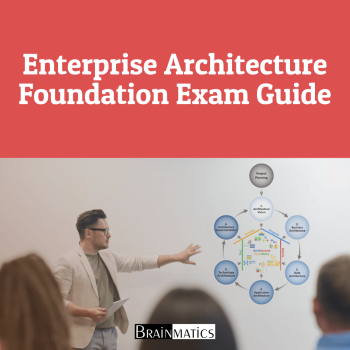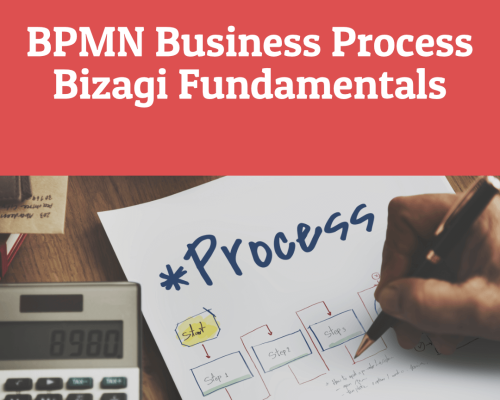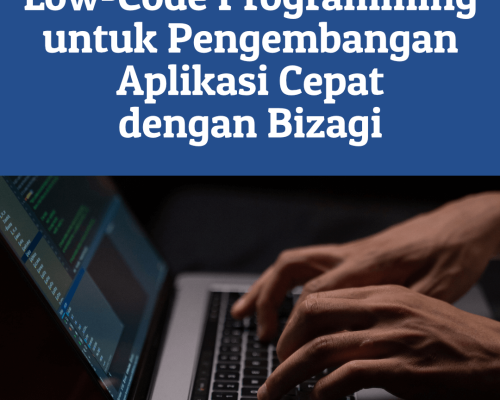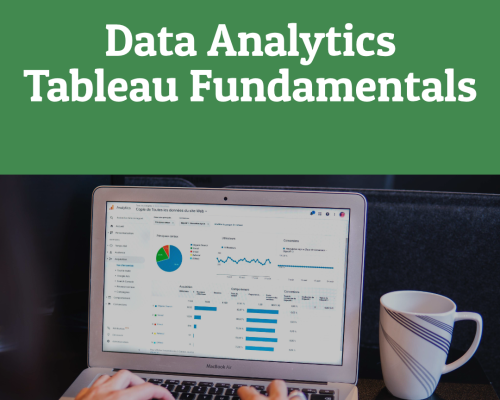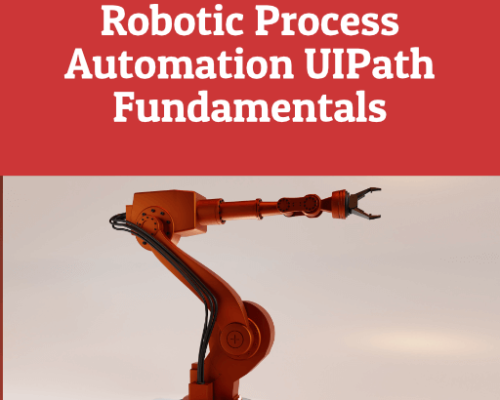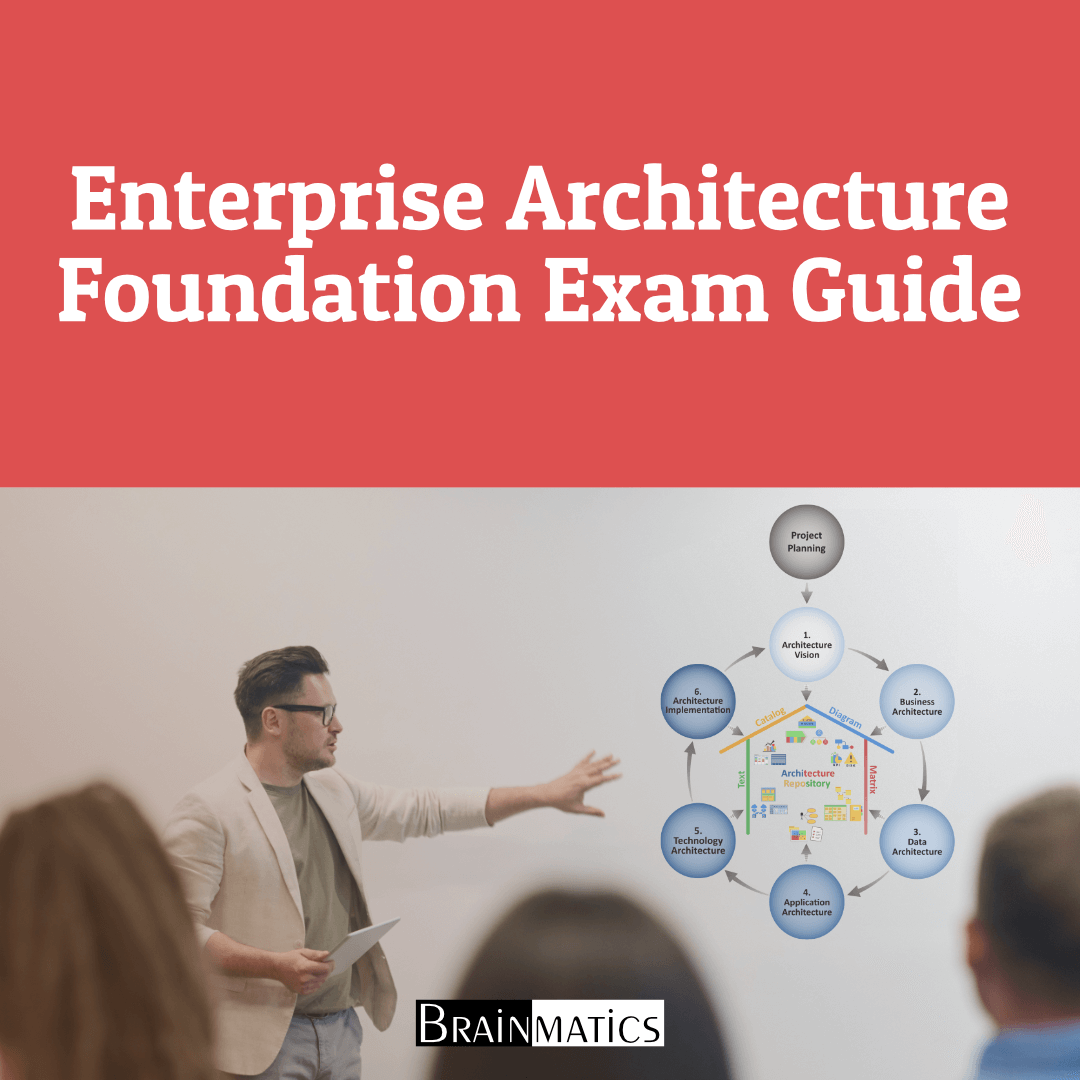
Enterprise Architecture (EA) adalah cetak biru organisasi yang menyelaraskan visi dan misi organisasi, risiko, KPI (Business Architecture) dengan teknologi informasi dalam perspektif data (Data Architecture), aplikasi (Application Architecture) dan teknologi (Technology Architecture). EA banyak digunakan dengan tujuan menyelaraskan antara bisnis dan teknologi informasi di suatu organisasi. Tujuan lainnya adalah untuk menyusun rencana transformasi organisasi, persiapan dalam melakukan perubahan bisnis organisasi, pembaruan pada infrastruktur, persiapan dalam melakukan implementasi Enterprise Resources Planning (ERP), melanjutkan transformasi, dan merger/akuisisi organisasi (J. Schekkerman, 2005). EA banyak diimplementasikan oleh organisasi swasta maupun pemerintahan. Pemerintahan merupakan organisasi yang paling banyak menerapkan EA, selanjutnya adalah perusahaan konsultan, dan berturut-turut adalah perusahaan jasa keuangan, industri/manufaktur, kesehatan, transportasi, telekomunikasi publik, energi dan asuransi (J. Schekkerman, 2005).
Para profesional Enterprise Architect memiliki sertifikasi Enterprise Architecture Foundation karena kredibilitas industri, efektivitas kerja, dan karir peluangnya lebih besar. Pada training ini, peserta akan mempelajarai secara mendalam mulai dari pengenalan konsep dasar hingga praktiknya dalam membangun Enterprise Architecture serta pengenalan skema sertifikasi dan model soal dalam ujian sertifikasi Enterprise Architecture Foundation.
OBJECTIVES
1. Memahami konsep dasar Enterprise Architecture (EA)
2. Memahami metodologi pengembangan EA
3. Memahami dasar tahapan-tahapan dan teknik pada Architecture Development Method (ADM)
4. Memahami soal latihan pada ujian sertifikasi Enterprise Architecture Foundation Part 1
AUDIENCE
1. Chief Information Officer
2. Enterprise Architect
3. Project Manager
4. Manager
5. IT Manager
6. Business Analyst
7. Systems Analys
PREREQUISITES
Menguasai Materi Enterprise Architecture Fundamentals
CONTENT
0. ENTERPRISE ARCHITECTURE FUNDAMENTALS
1. INTRODUCTION
1.1. Key Learning Points
1.2. The Open Group Certification
2. BASIC CONCEPTS
2.1. Key Learning Points
2.2. Introduction to the TOGAF 9
2.3. What is Enterprise?
2.4. What is Architecture?
2.5. Why Enterprise Architecture?
2.6. What is an Architecture Framework?
2.7. Why Enterprise Architecture Framework?
2.8. Why is the TOGAF Standard Suitable?
2.9. What is Architecture Domains?
2.10. What does the TOGAF Standard Contain?
3. CORE CONCEPTS
3.1. Key Learning Points
3.2. What are the ADM Phase?
3.3. Deliverables, Artifacts, and Building Blocks
3.4. The Enterprise Continuum
3.5. The Architecture Repository
3.6. Establishing and Maintaining an Enterprise Architecture Capability
3.7. Establishing an Operational Architecture Capability
3.8. TOGAF Framework vs Other Frameworks
3.9. Document Categorization Model
4. KEY TERMINOLOGY
4.1. Key Learning Points
4.2. Key Terms
5. INTRODUCTION TO THE ARCHITECTURE DEVELOPMENT METHOD
5.1. Key Learning Points
5.2. The Architecture Development Cycle
5.3. What is the Relationship of the ADM to Other Parts of the TOGAF?
5.4. Key Points of the ADM Cycle
5.5. How to Adapt the ADM?
5.6. Why Architecture Governance?
5.7. Scoping the Architecture Activity
5.8. Integrating the Architecture Domains for your Organization
6. THE ENTERPRISE CONTINUUM AND TOOLS
6.1. Key Learning Points
6.2. Enterprise Continuum Overview
6.3. The Enterprise Continuum and Architecture Re-Use
6.4. The Constituent Parts of the Enterprise Continuum
6.5. The Architecture Continuum Detail
6.6. The Solutions Continuum Detail
6.7. Using the Enterprise Continuum within the ADM
6.8. The Architecture Repository
6.9. Tools Standardization
7. THE ADM PHASES
7.1. Key Learning Points
7.2. Preliminary Phase
7.3. Phase A: Architecture Vision
7.4. Phase B: Business Architecture
7.5. Phase C: Information Systems Architecture
7.6. Phase D: Technology Architecture
7.7. Phase E: Opportunities and Solutions
7.8. Phase F: Migration Planning
7.9. Phase G: Implementation Governance
7.10. Phase H: Architecture Change Management
7.11. Requirements Management
8. ADM GUIDELINES AND TECHNIQUES
8.1. Key Learning Points
8.2. ADM Guidelines and Technique
8.3. Using the TOGAF ADM in the Context of a Specific Architectural
8.4. Architecture Principles
8.5. Business Scenarios
8.6. Gap Analysis
8.7. Interoperability
8.8. Business Transformation Readiness
8.9. Risk Management
8.10. Capability-Based Planning
9. ARCHITECTURE GOVERNANCE
9.1. Key Learning Points
9.2. Introduction to Architecture Governance
9.3. Architecture Governance Framework
9.4. Benefits of Architecture Governance
9.5. Architecture Board
9.6. Architecture Contracts
9.7. Architecture Compliance
9.8. Using the ADM to Establish an Architecture Capability
10. ARCHITECTURE VIEWS, ARCHITECTURE VIEWPOINTS, AND STAKEHOLDERS
10.1. Key Learning Points
10.2. Concepts and Definitions
10.3. Architecture Views dan Viewpoints
10.4. The Relationship Stakeholders, Concerns, Views, and Viewpoints
10.5. The Architecture View Creation Process
11. BUILDING BLOCKS
11.1. Key Learning Points
11.2. What is a Building Block?
11.3. Architecture Building Blocks and Solution Building Blocks
11.4. Building Blocks and the ADM
11.5. 5 Architecture Patterns
12. ADM DELIVERABLES
12.1. Key Learning Points
12.2. The Role of Architecture Deliverables
12.3. The Purpose of Key Deliverables
13. REFERENCE MODELS
13.1. Key Learning Points
13.2. TRM as a Foundation Architecture
13.3. The Integrated Information Infrastructure Reference Model
13.4. Boundaryless Information Flow
Course Features
- Lectures 16
- Quizzes 15
- Duration 24 hours
- Skill level All levels
- Language Indonesia
- Students 16
- Certificate Yes
- Assessments Yes
Online
- Start Date 5 Agustus 2024
- End Date 7 Agustus 2024
- Cost Rp 5.900.000,-
- Registered 0 Person
- Confirmed 0 Person Daftar
Offline
- Start Date 5 Agustus 2024
- End Date 5 Agustus 2024
- Cost Rp 6.900.000,-
- Registered 0 Person
- Confirmed 0 Person Daftar
- PERSIAPAN
- PELAKSANAAN
- 0. ENTERPRISE ARCHITECTURE FUNDAMENTALS
- 1. INTRODUCTION
- Latihan Ujian 1
- 2. BASIC CONCEPTS
- Latihan Ujian 2
- 3. CORE CONCEPTS
- Latihan Ujian 3
- 4. KEY TERMINOLOGY
- Latihan Ujian 4
- 5. INTRODUCTION TO THE ARCHITECTURE DEVELOPMENT METHOD
- Latihan Ujian 5
- 6. THE ENTERPRISE CONTINUUM AND TOOLS
- Latihan Ujian 6
- 7. THE ADM PHASES
- Latihan Ujian 7
- 8. ADM GUIDELINES AND TECHNIQUES
- Latihan Ujian 8
- 9. ARCHITECTURE GOVERNANCE
- Latihan Ujian 9
- 10. ARCHITECTURE VIEWS, ARCHITECTURE VIEWPOINTS, AND STAKEHOLDERS
- Latihan Ujian 10
- 11. BUILDING BLOCKS
- Latihan Ujian 11
- 12. ADM DELIVERABLES
- Latihan Ujian 12
- 13. TOGAF REFERENCE MODELS
- Latihan Ujian 13
- PENUTUPAN

